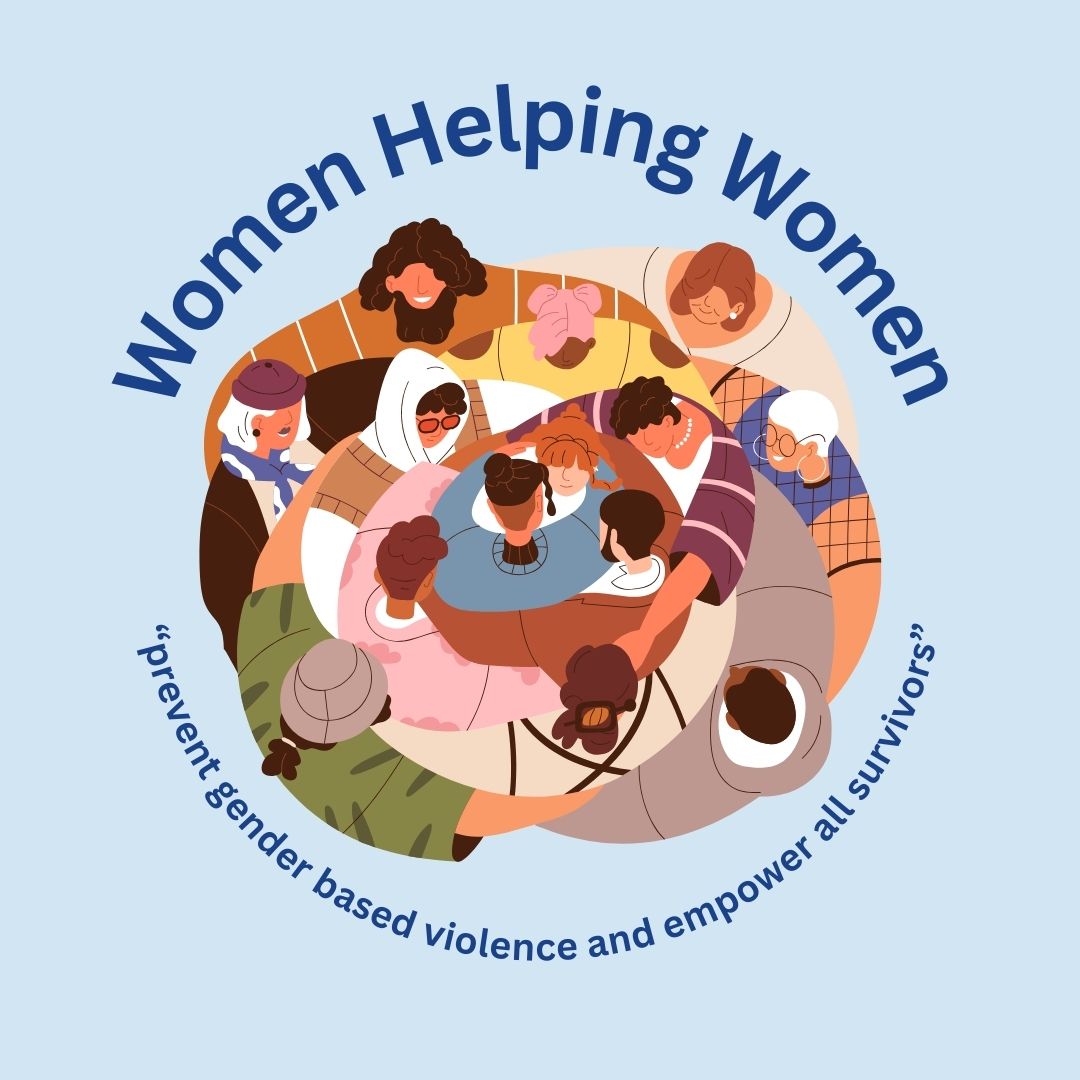Women Helping Women is a non-profit organization that presented in WHHS junior high health classes during the week of Oct. 7. The Jr. High classes took a break in their regular curriculum to cover a deeper topic.
The name Women Helping Women can be somewhat misleading. Throughout the week, Julie Adcock, the prevention educator who visited, emphasized that their services are directed towards, but not limited to, women.
“[Women Helping Women is] very supportive, very diverse and for all different types of people. Men experience sexual violence just as much as women; it’s just under reported,” Adcock said. Adcock started her career as a hairstylist, but felt inspired to join Women Helping Women after seeing their work.
“I work on the prevention team at Women Helping Women as a Prevention Educator. Part of my job is going to schools like Walnut Hills and teaching teens about dating violence and abuse,” Adcock said.
During the week, students were provided with various tools, such as their 24/7 hotline, an interactive packet that students filled out through-out the week and resources for domestic violence prevention and intervention.
“It’s important because we can have an open conversion,” Adcock said. “For example, a conversation about abuse, which is taboo in our society. It is important to recognize certain behaviors are not okay.”
For some, the topic of sexual abuse and domestic violence can be triggering and painful to discuss. Adcock had to find a way to present these topics in an appropriate way to junior high students.
Jane Debruer, ‘29, was one of the many students who learned about Women Helping Women in their campaign.
“[The best thing that Women Helping Women has to offer is] that you are not alone and someone is always there to listen to you,” Debruer said. Teaching these topics to middle schoolers can be difficult. Some kids might struggle to understand the reality of these situations, and adults may sometimes view the topic as inappropriate for young kids to learn.
“The main reason we are doing this is because ⅓ of teens will experience dating violence,” Adcock said. “We need to help stop it.”
Educators can start helping prevent sexual assault and violence by teaching elementary school childern age-appropriate ways to recognize these behaviors later in life.
“[Prevention and intervention] should start as young as a child is aware of surroundings,” Adcock said.
On top of the educational aspect of Women Helping Women, they offer a variety of other services that are free and accessible.
These services include court and law enforcement advocacy, individual therapy, corporate and professional training, support groups, individual crisis intervention and community education.
“Our 24/7 hotline provides hospital accompaniment for survivors. It’s good to have somebody with you in those times,” Adcock said. “We [Women Helping Women] can always point you in the right direction.”



